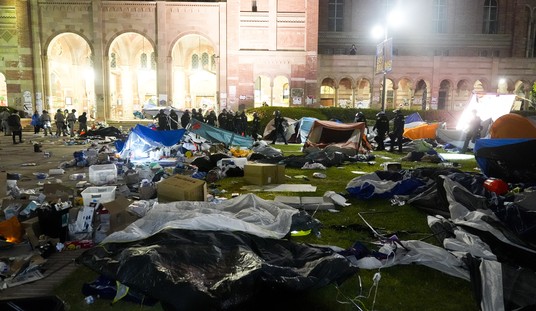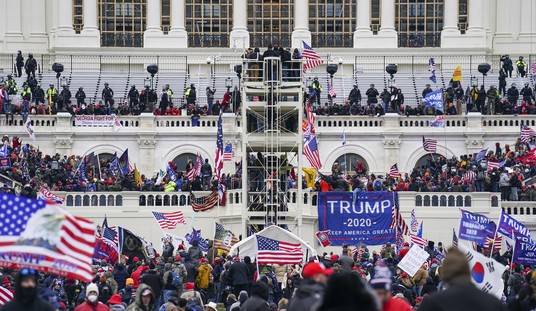WASHINGTON – Chicago’s South Shore is three blocks from Lake Michigan and runs adjacent to Jackson Park, a public space designed by Frederick Law Olmsted, one of the architects of Central Park. A commuter rail system delivers residents to downtown in 10 minutes, and the neighborhood is a mix of single-family homes with well-manicured lawns and dense urban housing.
South Shore is also 96 percent African-American and lacks access to high-quality public schooling. It’s not uncommon for residents to pay $20,000 or more for private education. Meanwhile, the commercial corridor vacancy rate hovers above 30 percent, and the neighborhood is not immune from Chicago’s historically high murder rate, which saw nearly 800 people killed in 2016.
Joanna Trotter, senior program officer for the Chicago Community Trust, described these contrasts on Friday while discussing the inequality she says pervades American metropolitan areas, brought on by economic segregation that Urban Institute researchers insist is getting worse.
Rolf Pendall, co-director for the institute’s Metropolitan Housing and Communities Policy Center, said the disparity is the result of an “apartheid” that has developed over the course of several decades through government policy, individual action and lack of private sector investment. Today, he said, cities like Atlanta demonstrate the color lines of north and south, black and white, and the legacy of slavery. New York City, he said, represents decades of sorting high competition and overconcentration of public and affordable housing.
According to a study from the Urban Institute released in March — which looked at 100 metro areas across the U.S. in drawing conclusions about Chicago — the top 10 percent of income levels in the U.S. grew from 4.4 times to 5.7 times greater than the bottom 10 percent between 1990 and 2010.
“The rich are getting much richer, and the neighborhoods they live in are concomitantly also richer in most metropolitan areas,” Pendall said. “This feeds economic segregation that reinforces the racial segregation that we established over decades and centuries.”
Trotter and Pendall sat down with a group of researchers and policy experts to discuss the study’s results, and what they believe are the positive impacts of integration. But the institute’s Gustavo Velasquez said that the conversation has shifted from integration to “investment.”
“Does it actually take white people coming in for us to get the investment that we deserve as communities?” Trotter asked. “And I think that’s the challenge. The framing of integration is much more nuanced than that, but that’s how it lands for people.”
According to the Urban Institute’s study, Chicago would have had 83,000 more bachelor’s degree holders in 2010 if the segregation rate was that of the median national rate in 1990 and onward. This segregation has also meant, according to the study, $4.4 billion in lost income annually and a homicide rate that is 30 percent higher than it could be. Erika Poethig, director of Urban Policy Initiatives, called the results a “damning critique of the history of white racism in Chicago,” while quoting Martin Luther King, Jr., who once said that white hatred in Chicago was worse than in Mississippi.
“It’s not to say that having a mix of incomes and races that everything would be fine, but what we are saying is that segregation matters because in part it accelerates and perpetuates inequities,” said Marisa Novara, vice president of the Metropolitan Planning Council. “It makes it easier, and frankly much more efficient to discriminate against groups of people. We know that those groups of people have usually been people of color and those that are lower on the income scale, and that’s part of why we talk about this issue.”
The study concludes that higher rates of economic segregation equate to lower income (particularly for black communities), lowed educational attainment for both blacks and whites and more violence. The report notes that segregation in Chicago is dropping.
“We may expect that steady, if small, decreases in segregation continue, outcomes associated with lower levels of segregation may improve,” the study states. “But the rate of those declines has been relatively small, and levels remain stubbornly high, especially for black and Latino segregation.”








Join the conversation as a VIP Member